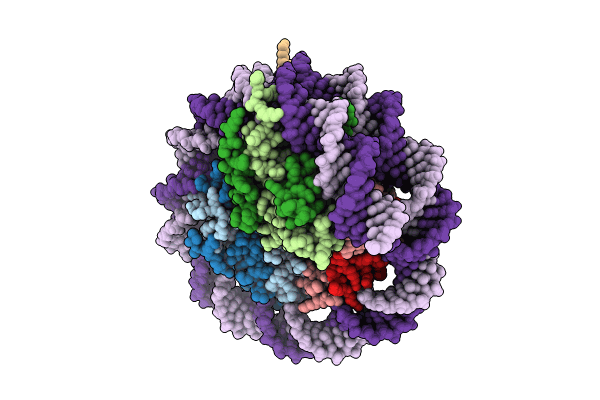
Deposition Date
2024-02-14
Release Date
2024-07-24
Last Version Date
2024-09-11
Entry Detail
PDB ID:
8YBK
Keywords:
Title:
Cryo-EM structure of the human nucleosome containing the H3.1 E97K mutant
Biological Source:
Source Organism:
Homo sapiens (Taxon ID: 9606)
synthetic construct (Taxon ID: 32630)
synthetic construct (Taxon ID: 32630)
Host Organism:
Method Details:
Experimental Method:
Resolution:
2.69 Å
Aggregation State:
PARTICLE
Reconstruction Method:
SINGLE PARTICLE


